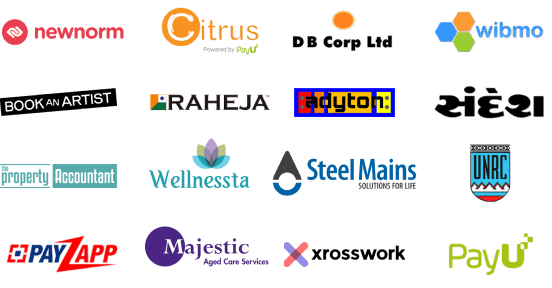What is a SaaS Business Model?
SaaS, or Software as a Service, is a distribution model in which applications are hosted by a third-party provider and made available to customers over the Internet. This model allows for on-demand, subscription-based access to software, encompassing everything from office tools to complex business applications.
Key Features:
- Subscription Pricing: Unlike traditional software that requires a one-time purchase, SaaS operates on a subscription basis. This provides a predictable cost model and ongoing revenue stream for providers.
- Scalability: Users can scale their usage up or down based on their current needs, without the need for significant capital expenditure.
- Automatic Updates: Service providers manage updates and patches, ensuring that all users have access to the most current features and security measures.
Benefits:
- Accessibility: Being cloud-based, users can access SaaS products from anywhere, facilitating remote work and global collaboration.
- Lower Cost of Entry: With SaaS, the expense of hardware installation and maintenance is significantly reduced, lowering the entry barrier for small to medium businesses.
Challenges:
- Data Security: As data is stored off-site, there can be concerns over data security and privacy.
- Dependency on Internet Access: SaaS applications require a stable internet connection, which can be a limitation in areas with poor connectivity.
How Do SaaS Companies Operate?
Operating a SaaS company involves continuous product development and customer engagement to ensure a seamless user experience and consistent service delivery. Here’s how these companies generally operate:
Development and Deployment
Continuous innovation is at the heart of SaaS. Companies often update their software without disruption to service, using agile development practices to adapt to user feedback and changing market conditions.
Customer Relationship Management
High-quality customer service is crucial. SaaS providers often use automated tools and human support to manage customer inquiries and issues, ensuring high satisfaction and retention rates.
Marketing and Sales
SaaS products require effective online marketing strategies to reach potential customers. This includes content marketing, SEO, and data-driven advertising strategies to attract and convert users.
The Future of SaaS: Trends and Predictions
Looking forward, the SaaS industry is set to continue its growth trajectory, driven by advancements in AI, machine learning, and the increasing demand for mobile-compatible software. Key trends include:
- AI Integration: Enhancing functionalities and user interfaces with AI to provide more personalized and efficient experiences.
- Vertical SaaS: More companies are developing SaaS solutions tailored to specific industries, providing customized tools that meet unique industry needs.
- Increased Focus on Security: As cybersecurity threats evolve, SaaS providers are enhancing their security measures to protect user data more effectively.
Conclusion
Understanding the SaaS product model is essential for businesses looking to leverage the cloud for growth and efficiency. As this model continues to evolve, it offers vast opportunities for innovation and expansion. Whether you are a startup or an established enterprise, embracing SaaS can lead to significant competitive advantages.
If you are interested in the potential of SaaS for your business, consider delving deeper into specific products or discovering how our solutions can meet your needs. For more details on digital transformation contact our expert team.





